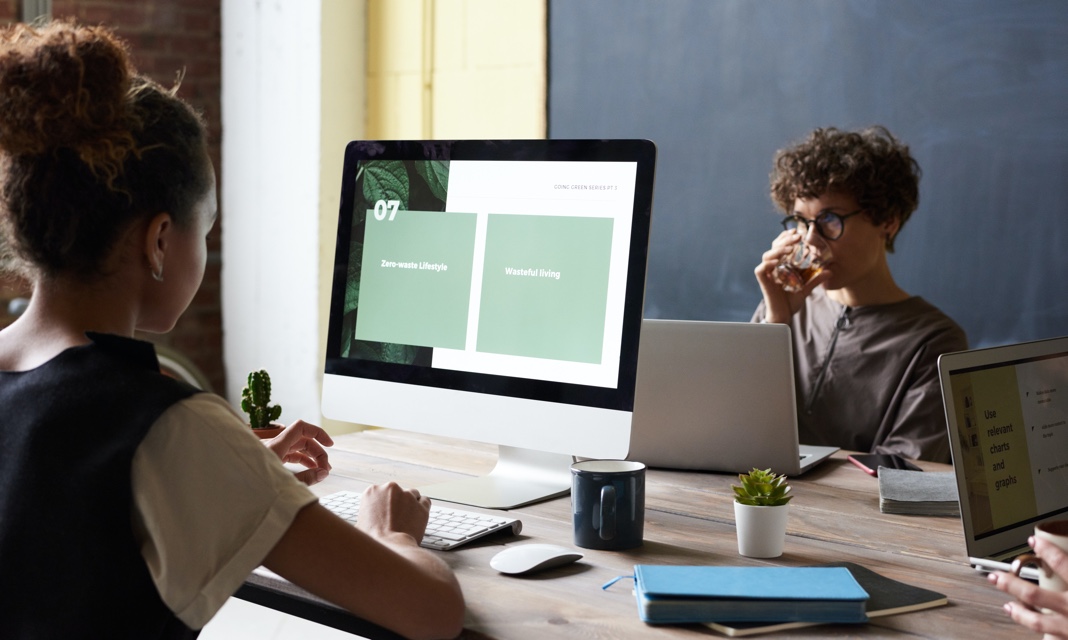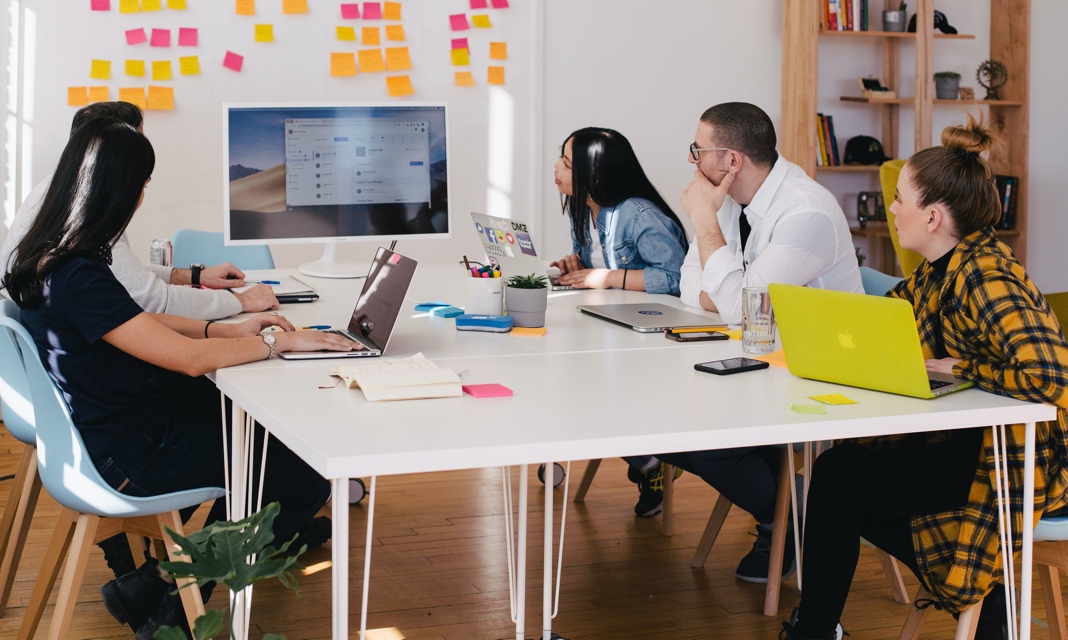Shocking but true! Whether in the workplace or remote working, distraction impacts cost because it affects productivity. With multiple sources of distractions around, enterprises need to act fast to adopt tools that reduce distractions at work.
The truth of the present time is that we are surrounded by distractions, all our waking hours. Blame it on the smartphone, social media, streamed entertainment, online games with augmented reality, or any other such overwhelming sources, there are abundant ways for people to digress from the work-in-hand and get distracted. Someone somewhere said this so very accurately – we are living in a culture of distractions. No doubt we as a generation are not as productive as our parents or generations previous to that; even though financially and economically we may be out-performing what they achieved. A sobering thought is that if we were to be as productive and focused as the generations gone-by, we could have been even more successful than we have been. And what value would businesses have put on that before the pandemic…
From young students in schools to the topmost managers in an organization – each one of us today is afflicted with the digital craving to such an extent that it invariably influences our attention span, and accordingly our productivity at work.
What statistics say about distractions at work?
• 23 minutes and 15 seconds is exactly the time we lose when get distracted. This is the time that one takes to get back to the task that he/she was doing before the interruption. The University of California, Irvine has studied digital distractions in detail.
• What this effectually means is that not only do we lose the time that we spend entertaining the distraction – for examples, checking the phone for updates, revert to messages from friends and family on social media, or taking a quick shot at an online game – we also take almost half-an-hour more to refocus on the work that we were doing before the distraction occurred. So, if we spend about 60 seconds checking messages on WhatsApp or Twitter, we lose not just that one minute but about 24 minutes and 15 seconds of our time.
• The University also found that 50% of our distractions are self-induced – which means that we can stay away and not surrender ourselves to the temptations of checking our cell phone or emails, but we choose not to.
• High-skilled workers spend about 28% of their productive hours every day in these digital distractions, as per a report from McKinsey.
• According to this report, if organizations and individuals knew how to handle communication technology better, they could produce upto $1.3 trillion more every year.
• Another statistic that leaves us stupefied is that an average employee checks his email at least 74 times a day, while the people sitting higher up check as many as 435 times each day.
• A researcher named Basex summarized after info-tech research that US companies lose as much as $588 billion every year due to lost productivity.
Types of distractions at work
Generally speaking, these are the broad four types of distractions at work. These apply irrespective of whether one is in a remote work setting or working in a physical office space.
1. Digital distractions
This is one of the biggest sources of distractions at work. The new era of technology-oriented work has one of the biggest side-effects. Official to personal emails, text messages, social media, calls, chats, notifications, and updates – all of these are enough to distance us from our work-in-hand. No doubt, in many service-oriented industries, like hotels and restaurants, hospitals, etc. it is common to come across strict workplace rules that bars employees and staff from accessing their smartphones or any other digital devices during work hours. The reason behind this rule is simple – employees need to focus on guests, customers & patients.
Digital devices have a disturbing effect on our minds – we tend to work in partial attention at all times – a part of our mind continually away from the work that we are doing. This is a big limitation to give our optimal performance to the job.
2. Distracting work environment
Working in an office space with many employees around becomes the source of many causes of distractions at work. Here, there could be multiple sources – people talking on the phone, colleagues moving around, people laughing and shouting, celebrating, cheering, and so on. Noise is one of the major causes of distraction, not only in a physical office but is also a working-from-home distraction.
At home, things are complicated too. Household chores and a call for help from kids are quite common reasons that can distract one from work.
3. Office and virtual meetings
These can become quite irritating and frustrating if one has been in a series of meetings throughout the day, particularly when they overrun, are poorly planned or if there are problems accessing a room – real or virtual. Before the culture of online meetings, office meetings were considered to be one of the most impactful distractions to productive working. Statistics reveal that in the US, about $25 million worth of wastage happens every day because fruitful working time is spent in unnecessary meetings. What has been found is that managers and team leaders need to organize and schedule meetings in a well-planned manner for removing the side-effects of ill-organized meetings.
4. Laziness
Many crucial hours are spent at work simply procrastinating or putting off work, postponing them for a later day, time, etc. While once-in-a-while most of us do it, doing this regularly will eat into the productivity of a person, without the person realizing the effect of distraction. On the face of it, this may seem harmless, but somewhere deep within it is making a dent into the organization’s success story.
Effects of distractions at work
The statistics above amply portray that distractions come with harmful effects.
• Workplace distractions cost money.
• Workplace distractions result in an average employee losing about 4 days and 12 hours of work every month.
• Employees are productive for less than 60% of their time in the office or at remote work simply because of distractions.
All of this translates into business losses – real-time losses that rarely get accounted for in the balance sheet at the end of the year. Figures that are not calculated by organizations because of lack of knowledge or awareness.
One of the effects of distraction is less employee productivity that results from loss of time. The other effect is that people subsequently try to make up for the lost time by rushing through the pending work, which then affects the quality of that work.
Deep Work Rules for Focused Success in a Distracted World
Companies and employers need to understand first and foremost the negative impact of distractions at work. Once the concept is comprehended well and the essence acknowledged, it is time for them to find ways on how to minimize distractions when working from home or office.
So, how to eliminate distractions?
A. At the organizational level
• Help your employees understand the true value of distraction; what it costs and how it affects your productivity.
• Training them on time management and task-focussed discipline.
• Create a noise-free work environment.
• Minimize employee meetings – schedule and plan so that meetings happen on one day of the week at a fixed time every week. Beyond that, let the employees focus on their work.
• In case of emergency and impromptu meetings that are crucial involve only key people and not the entire team. Let these people later filter the information to their team.
• Enable flexible working schedules. Almost 78% of employees agree that flexibility at the workplace enables them to be more productive.
• Let employees choose to work remotely. Statistics reveal that almost 50% of employees can work more efficiently when telecommuting with diminished levels of stress. The engagement levels are higher too with remote working.
B. At the individual level
• Employees on their part should be mindful of their roles, goals, and time required finishing their tasks.
• Practice digital detox by keeping their cell phones away during working hours – psychologists suggest a 20-second rule that says that one should keep their mobile phones 20 seconds away from them.
• Switch off unrequired notifications from social media accounts, promotional emails, etc.
• Delete apps from your smartphone that are not required.
Using the power of technology for deep work rules for focused success in a distracted world
• Technology is not bad or good – it is how we use its powers to enable better, safer, faster, and effective working. But how?
• Technology can help us utilize our time better by facilitating a deep focus on our work.
• There are multiple tools available today that allow one to manage their time better. These are time management tools.
• Tools that schedule your work better and track your progress automatically so that you can focus on deep working.
• Tools that enable faster and seamless communication between teams, in-office, and remote teams so that they can collaborate better and be more productive.
Distractions at work can be very detrimental. The good news is that there are solutions out there designed to help. Organizations need to spend time and money to ensure that they help their employees be more productive by minimizing these distractions.




